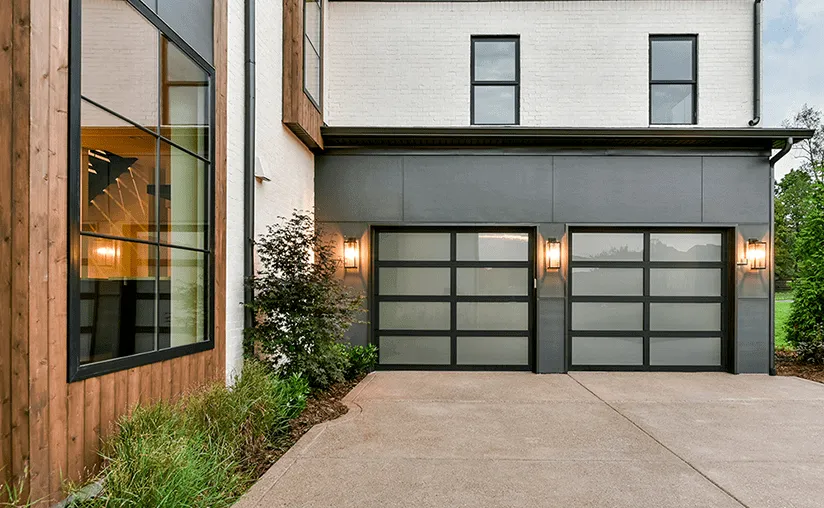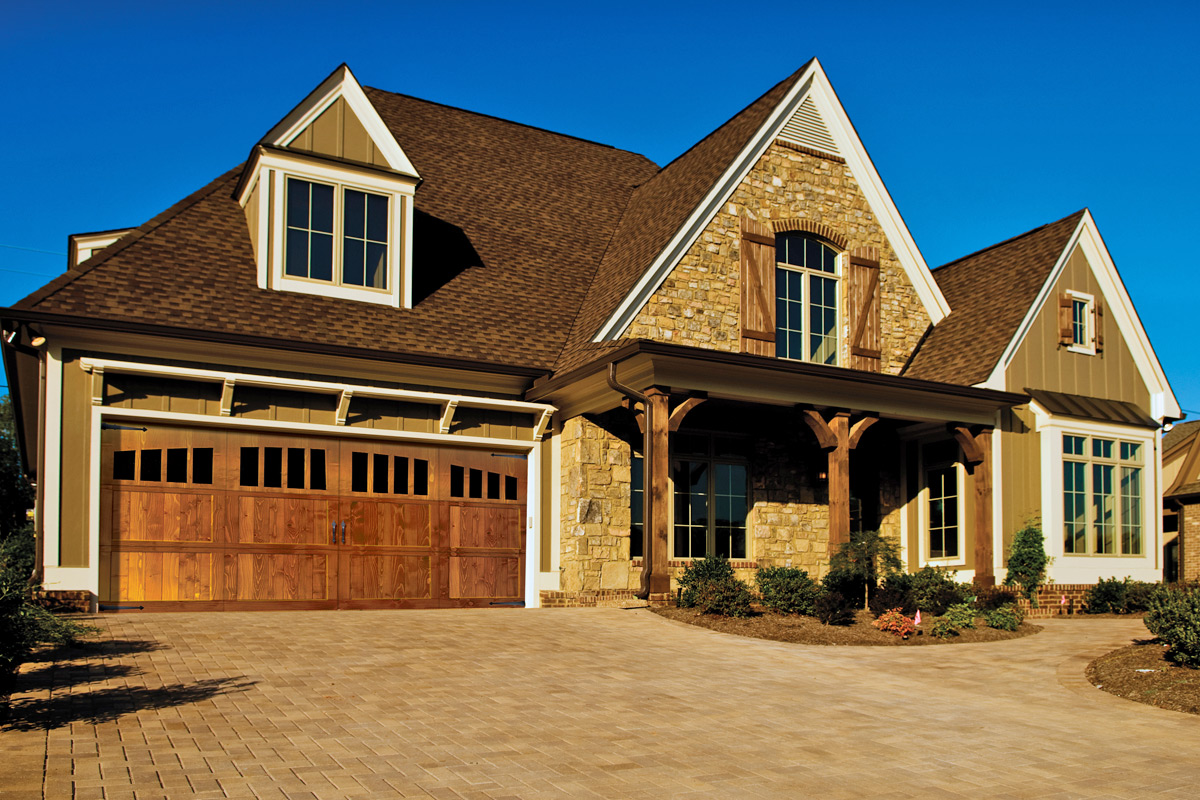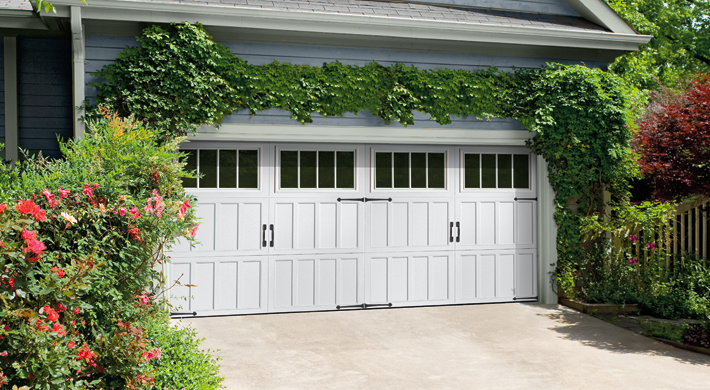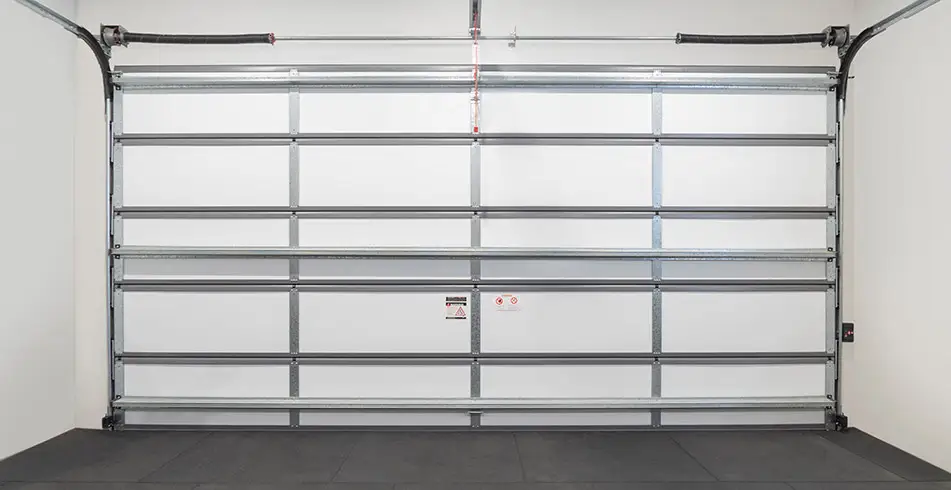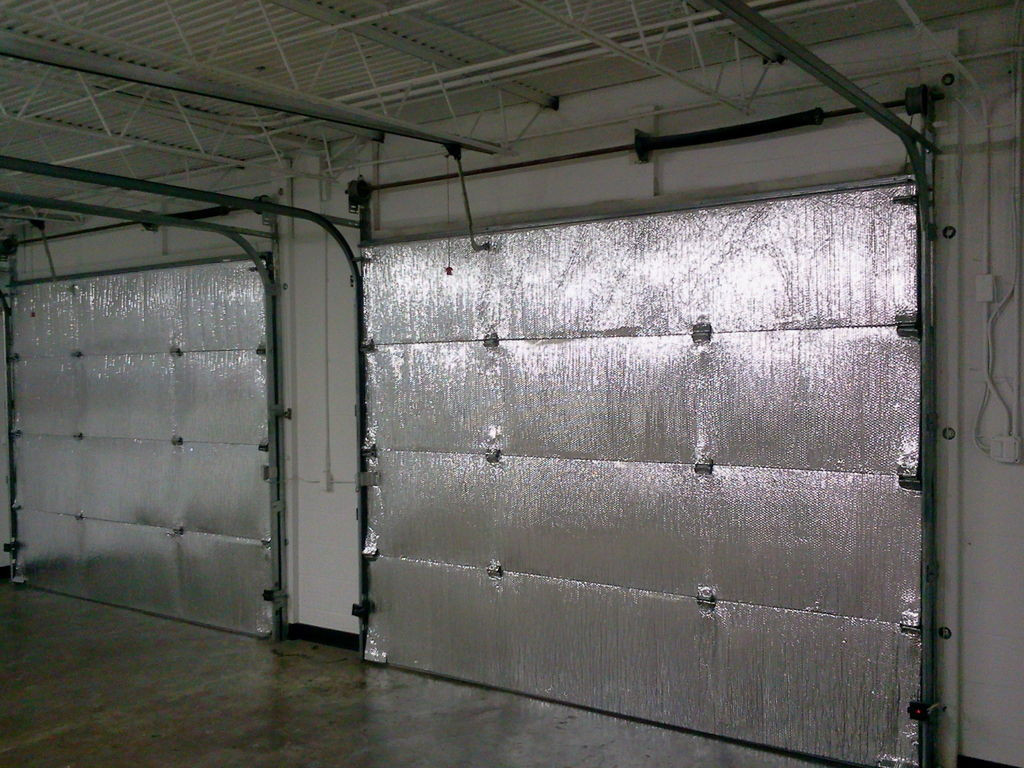Are you tired of the noise coming from your garage? Does it disrupt your peace and quiet at home? If so, you’re not alone. Many homeowners face the challenge of noisy garage doors. Thankfully, learning how to soundproof a garage door can make a tremendous difference in your home’s tranquility.
In this article, we will guide you through various methods to effectively soundproof your garage door, ensuring a quieter and more serene environment. We’ll cover everything from basic concepts to advanced techniques, ensuring you have all the information you need to transform your noisy garage into a peaceful space.
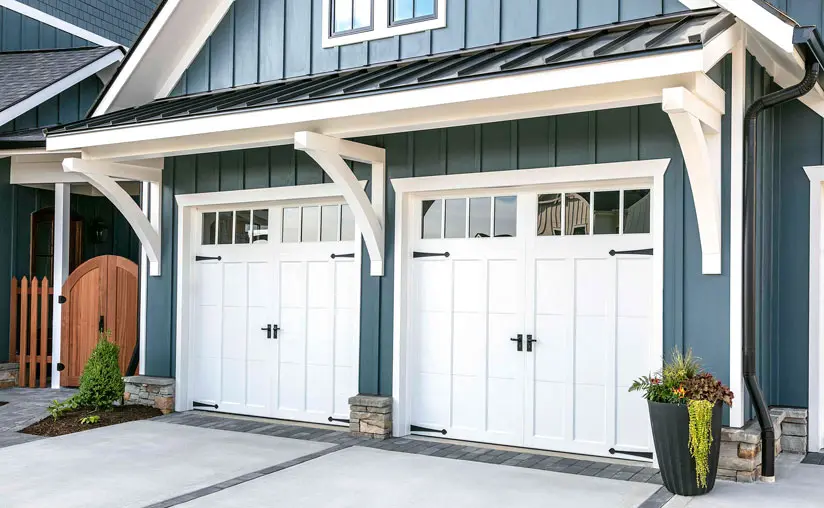
1. What Causes Garage Door Noise?
Before diving into soundproofing techniques, it’s important to understand the common sources of garage door noise. Identifying these sources will help you find targeted solutions.
Types of Garage Door Noise
- Operational Noise: This is the noise generated by the movement of the door, such as the motor, rollers, and springs.
- Environmental Noise: External sounds, such as traffic, storms, or street noise, can penetrate through an unsoundproofed garage door.
- Structural Noise: Vibrations and rattling caused by loose components or poor installation can amplify garage door noise.
2. Assessing Your Garage Door
Before you begin the soundproofing process, it’s essential to assess your garage door’s current condition. This will help you identify areas that need attention and determine the most suitable soundproofing methods.
Inspect for Damage
Check for any visible damage, such as cracks, gaps, or loose components. Addressing these issues will create a more stable foundation for soundproofing.
Identify Noise Sources
Pay close attention to the specific areas where the noise is most prominent. This could be the seams, hinges, or other parts of the door. Identifying these sources will guide your soundproofing efforts.
3. Soundproofing Materials
When it comes to soundproofing a garage door, choosing the right materials is crucial. Here are some effective options:
Weatherstripping
Weatherstripping is an excellent way to seal gaps around the edges of the garage door. This prevents sound from leaking in or out. Apply weatherstripping to the sides, top, and bottom of the door for optimal results.
Acoustic Panels
Acoustic panels are specially designed to absorb sound waves and reduce noise. Installing panels on the inside surface of your garage door can significantly minimize noise levels. Look for high-quality panels that are easy to install and provide excellent sound absorption.
Mass Loaded Vinyl (MLV)
MLV is a dense, flexible material that effectively blocks sound transmission. It’s commonly used in construction and can be applied to garage doors. Attach MLV to the interior side of the door using adhesive or screws for maximum effectiveness.
Insulation
Insulating your garage door not only helps with temperature regulation but also reduces noise. Use foam board insulation or reflective insulation to add an extra layer of soundproofing. Cut the insulation to fit the door panels and secure them in place with adhesive.
4. Step-by-Step Soundproofing Process
Now that you have an understanding of the materials, let’s walk through the step-by-step process of soundproofing your garage door:
Step 1: Clean and Prepare the Door
Start by thoroughly cleaning the surface of your garage door. Remove any dirt, dust, or debris that may interfere with the soundproofing materials. Ensure the door is dry before proceeding.
Step 2: Apply Weatherstripping
Begin by applying weatherstripping to the sides of the door. Measure the length of the edges and cut the weatherstripping accordingly. Peel off the backing and firmly press the stripping onto the door frame. Repeat the process for the top and bottom edges.
Step 3: Install Acoustic Panels
Measure the dimensions of your garage door panels and cut the acoustic panels to fit. Use adhesive or screws to secure the panels to the interior side of the door. Ensure they are evenly spaced and cover as much surface area as possible.
Step 4: Attach Mass Loaded Vinyl
Measure and cut the mass loaded vinyl to fit the door panels. Apply adhesive to the back of the vinyl and press it firmly onto the panels. For added security, use screws to hold the vinyl in place. Make sure the edges are sealed tightly.
Step 5: Insulate the Door
Cut insulation boards to match the dimensions of the door panels. Apply adhesive to the back of the insulation and press it onto the panels. Use screws or clips to secure the insulation in place. Pay attention to the edges to ensure a tight seal.
5. Additional Tips for Soundproofing Success
Here are some additional tips to enhance the effectiveness of your soundproofing efforts:
Seal Gaps and Cracks
Thoroughly inspect the entire garage door for any remaining gaps or cracks. Use caulk or weatherstripping to seal these areas, as even small openings can allow sound to pass through.
Consider Garage Door Opener Upgrades
If your garage door opener is old or noisy, consider upgrading to a quieter model. Modern openers are designed to operate more quietly, reducing overall noise levels in your garage.
When it comes to soundproofing your garage door, addressing the source of the noise is crucial. Be sure to tackle any repairs or adjustments needed for a smoother and quieter operation. For more information on common garage door problems, check out this article: Common Garage Door Problems.
Install Soundproof Curtains or Blinds
If your garage door has windows, consider installing soundproof curtains or blinds. These can add an extra layer of sound insulation and block external noise from e ntering the garage.
ntering the garage.
For additional tips on garage door maintenance and upgrades, visit this helpful resource: Regular Garage Door Maintenance.
Frequently Asked Questions (FAQs)
1. Can I soundproof my garage door without professional help?
Yes, you can soundproof your garage door as a DIY project. The steps outlined in this article provide you with a detailed process to achieve effective soundproofing.
2. How long does it take to soundproof a garage door?
The time required to soundproof a garage door depends on the complexity of the task and your familiarity with the materials. On average, it may take a few hours to a full day to complete the process.
3. Will soundproofing my garage door affect its functionality?
When done correctly, soundproofing should not affect the functionality of your garage door. It’s important to ensure that the materials are properly installed and do not interfere with the door’s operation.
For more information on garage door safety and maintenance, consider visiting this trusted resource: Garage Door Safety.
Soundproofing your garage door is a valuable investment that can significantly improve your home’s comfort and tranquility. By following the steps and tips provided in this article, you can transform your noisy garage into a peaceful space. For more insights on garage door upgrades and maintenance, explore our guide on how to program a garage door opener here: Garage Door Opener Programming.
Achieve the serenity you’ve been longing for and enjoy a quieter living environment with our comprehensive guide on soundproofing your garage door.





